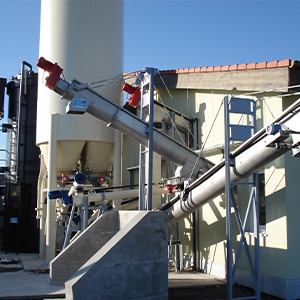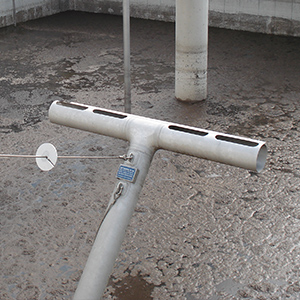Beyond turnkey wastewater treatment plants for municipal and industrial projects we also offer optimized package solutions or single components for wastewater treatment adapted to your requirements.

The company has grown with biological wastewater treatment and current treatment plants being planned shall be able to treat the wastewater of up to 200,000 inhabitants. According to the project conditions larger plants are possible. The SBR-technology (Sequenced Batch Reactor) in this context our passion. Depending on the customer’s wish we plan and realize also conventional plants according to the continuous flow principle.
Beside the first treatment stage (elimination of solids) our plants are also equipped with the secondary treatment stage (elimination of carbon) and tertiary treatment stage (further elimination of nutrients). Recent plant designs are equipped by a fourth treatment stage, which eliminates pharmaceutical residues and microplastic. Additionally, we are familiar with the technology of wastewater disinfection and filtration.
Nothing is impossible – according to the “Waste2Energy”-Credo our plants receive an additional area for anaerobic sludge stabilization with biogas-production, heat- as well as energy production according to the demand of our customer.
One step further – with rather bad prospects to unlimited available resources in the future, today still unvalued goods of waste like sewage or produced excess sludge will play a decisive role in the near future as these are important sources for nitrogen and phosphorus. In order to convert these substances into a usable form, new technologies will be implemented to make it possible.
Furthermore, our product range includes mobile wastewater treatment plants (containerized WWTP) as well as wastewater plants with fixed bed reactor.




Aeration - the core element of any wastewater treatment - plays a special role. It is the main topic when it comes to sustainability, efficiency and energy saving. Developed in the 1960s, we have more operational experience with the BSK®-Turbine than almost any other provider in this field. Throughout various development stages, the Francis-Design has remained the central element of our surface aerator – the BSK®-Turbine. The perfect hydraulic shape is significantly responsible that the efficiency is demonstrably outstanding compared to conventional surface aerators.
Beyond other approved technologies like fine bubble aeration, the surface aerator – our BSK®-Turbine– has the following key advantages:


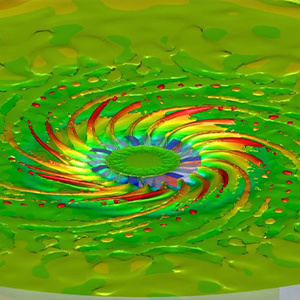

In contrast to secondary clarifiers in conventional treatment plants, the treated wastewater in SB-Reactors cannot be discharged using an overflow channel due to process-specific reasons. As volume needs to be provided in the SB-Reactor for new raw wastewater of the subsequent cycle, an extraction device for clear water is required, which follows the falling water level.
The key factor is a discharge process in which guarantees, that neither floating sludge nor activated sludge is drawn. The decanting device also must offer a fail-safe operation, as it is one of the most important process components of an SBR wastewater treatment plant.
Our aim developing a clear water discharge device was mainly to create a system, which does not suffer from the known disadvantages of many existing systems. More than 300 installed BSK®-decanters around the world prove the successful product implementation. Following features have convinced both planners and users all along:



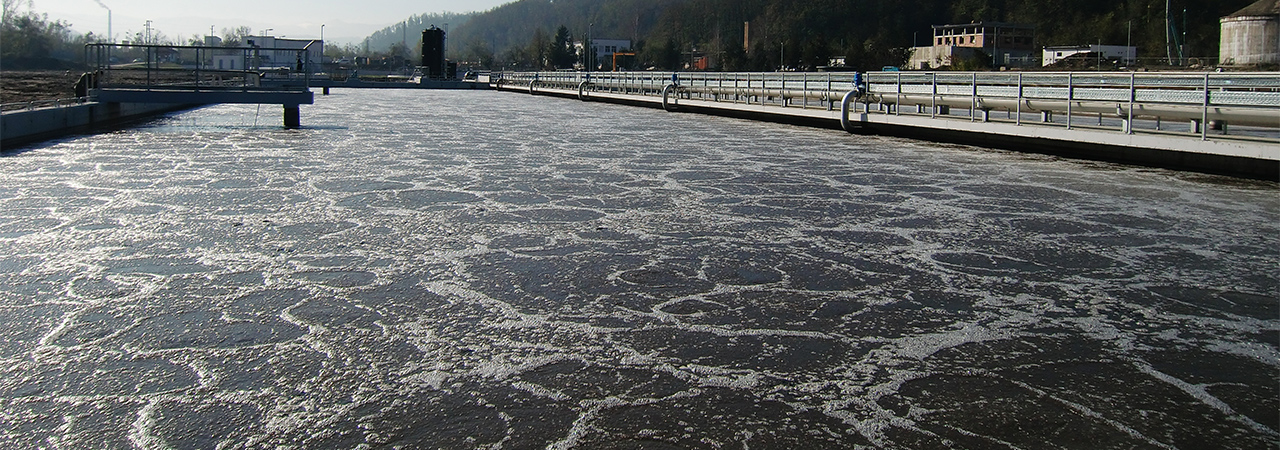
We will provide you with an objective comparison of whether a surface aerator, such as our BSK®-Turbine, or one of the numerous other aeration technologies is more economical for you. Through our daily work- the dimensioning and supply of sewage treatment equipment for mainly international projects - we are obliged to select independently the most suitable machines and technologies for each application. This is the only way our solutions remain economical, which ensures our competitiveness. The technology finally used, rarely only depends on its efficiency. For each dimensioning process we always consider factors like location with its climatic conditions, the operator and his know-how, easy maintenance of the system or the planned operation period.
For your optimized plant equipment, we offer the following technologies and choose together with you the one that suits best:
On the field of aeration technology, we can offer to you complete solutions based on our experiences, e.g. including compressed air blowers and piping or individual components only. Why not simply talk to us?



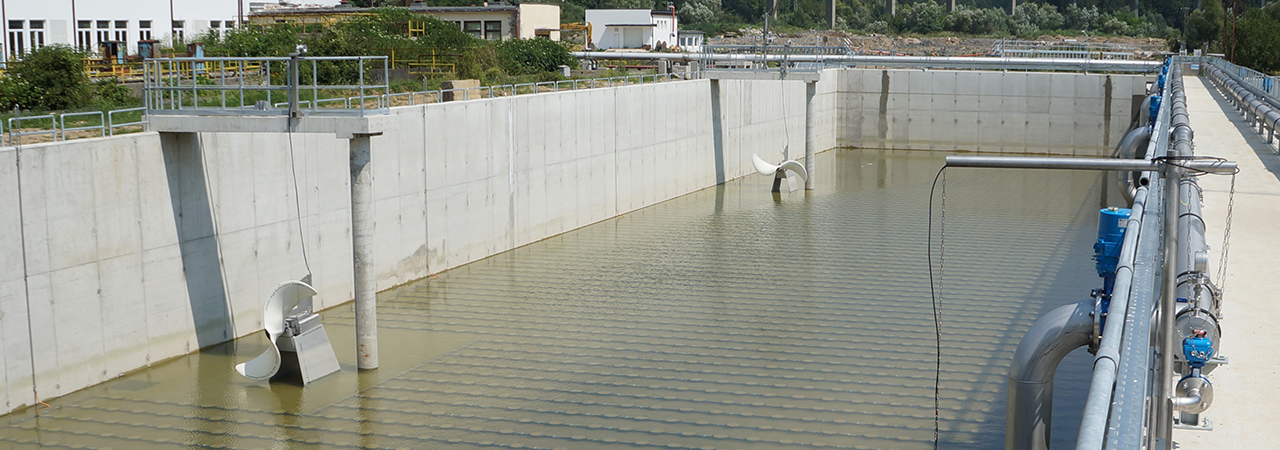
Beside the aeration also mixing is a crucial process and important for wastewater treatment. On the one hand, mixing is needed to ensure that activated sludge is permanently kept moving and thus metabolic products between microorganism and the medium water can be exchanged and removed in subsequent process steps. On the other hand, sufficient mixing ensures that sedimentation is avoided and the suspension of water and sludge are always kept homogeneous.
However, not only in aeration tanks stirrers are used. They are just as important as in upstream process steps like e. g. buffer tanks, pumping stations or denitrification basins as well as downstream process steps like e. g. disinfection or sludge storage tanks. All applications differ with regard to different inlet flows and solids concentrations. Therefore, a mixer must be designed very precisely.
The following technologies are mainly but not exclusively used in our applications:
In all areas mentioned above, we design the most suitable mixing system for your purpose based on our experiences – taking into account the upstream and downstream process steps.




Without a good pre-treatment, there is no easy wastewater treatment. Domestic sewage often contains unfavoured ingredients like coarse solids, fine solids, sand and grease. These ingredients would hinder the treatment process and therefore must be eliminated as far as possible. For this task we are using exclusively systems, which are characterized by a fully automatic as well as very safe and trouble-free operation. Due to the restricted space available in most plants, we prefer prefabricated and compact machines. This reduces civil and assembly costs at the same time.
In the context of many different tasks for wastewater treatment, we prefer to use the following systems:
In addition to domestic, also wastewater with industrial origin often creates new challenges, which cannot be solved with standard technology. However, through an intensive analysis of your project task, we can certainly present an adequate solution.

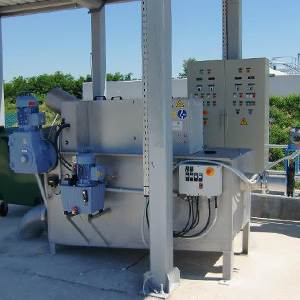


The treatment of excess sludge from wastewater treatment plants is becoming more and more important. The reasons are the increasing disposal costs but also the energy value contained in the sludge, which should be made usable within the principal concept of sustainability. In addition, more often legal requirements prohibit the "simple" spreading of sludge on farmland in order to avoid unnecessary input of nitrogen into the soil and to hold back potential heavy metals and microplastics.
As a result, the following requirements apply for sludge treatment process:
In order to achieve exactly the required condition of the excess sludge, which is pretended by the legal framework and required by our customers, we use (among others) the following technologies:
We offer separate machines as well as turnkey solutions including control.
